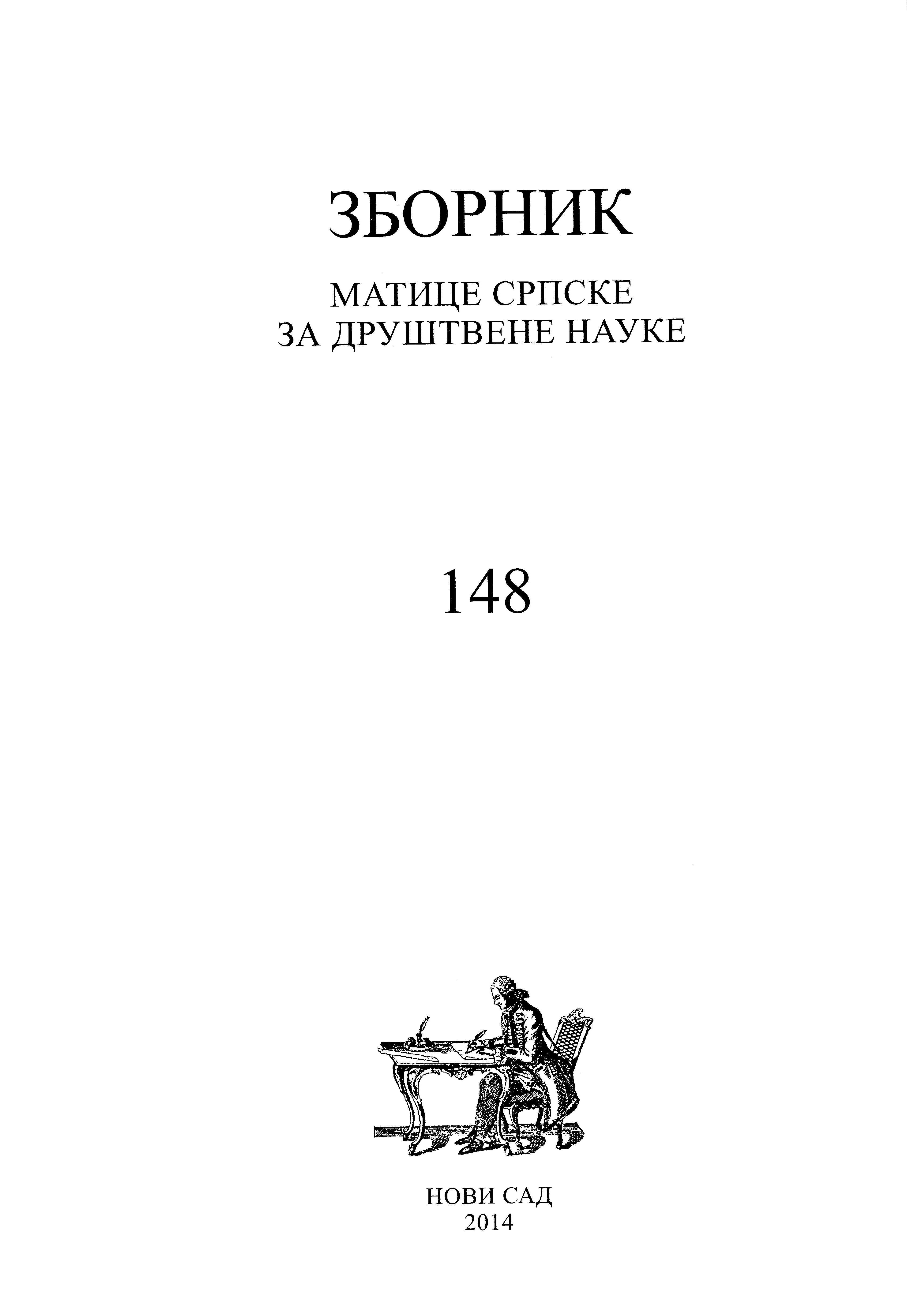Разумевање популационе промене из полупериферијске перспективе: унапређење теорије
Understanding the Population Change from Semi-Peripheral Perspective: Advanced of Theory
Author(s): Marina Blagojević-Hughson, Mirjana V. BobićSubject(s): Demography and human biology
Published by: Матица српска
Keywords: semi-periphery; first demographic transition; second demographic transition; de-development; countries in transition; depopulation; gender regimes
Summary/Abstract: A lot of empirical evidence on demographic changes in ’countries in transition’, those which belong to the semi-periphery of Europe, has been undertheorized, or theorized in the framework of the theories on the First and the Second Transition. However, both of those metanarratives have proven to be applicable only to a certain degree when it comes to the development off population at the semi-periphery. This paper argues that specificity and unprecedented population developments of the semi-periphery of Europe call for a different approach, one which will actually clearly acknowledge the structural difference between the core and the semi-periphery, and the developmental dependence as a core of the problem. The main arguments are related to the specificities of gender regimes at the semi-periphery [Blagojević 2009; Blagojević 2013; Bobić 2013], as well as to the process of ’de-development’ which results in a profound social structural change. The starting epistemological points for this type of approach relate to the three strands of theoretical developments: 1. feminist standpoint theory (semi-periphery is both strategic standpoint for knowledge articulation, as well as a location where connection between the ontology and the epistemology of gender could be reaffirmed – [Wickramasinghe 2006; Blagojević 2009]; 2. Connell’s critique of ’metropolitan theory’ [Connell 2007], and her vision of ’polycentric social science’ [Connell, 2013]; and finally, 3. the idea of multiple modernities and multiple trajectories of modernization [Eisenstadt, 2002]. Historically speaking, demography as a discipline has been empirically rich, but theoretically ’poor’. Striving towards more theory, towards grounded theory, can profoundly enrich our understanding of the population change, by connecting micro, mezzo and macro level into a more heuristically rewarding manner, and, at the same time, it would be moving towards effectiveness and meaningfulness of the population policies.
Journal: Зборник Матице српске за друштвене науке
- Issue Year: 2014
- Issue No: 148
- Page Range: 525-539
- Page Count: 15
- Language: English

